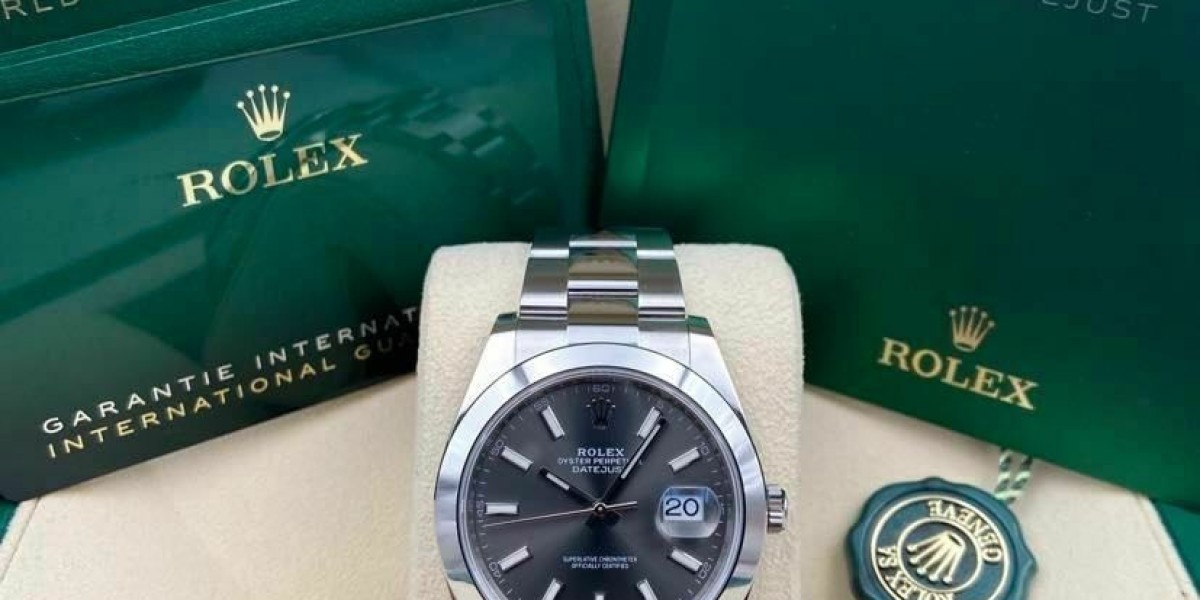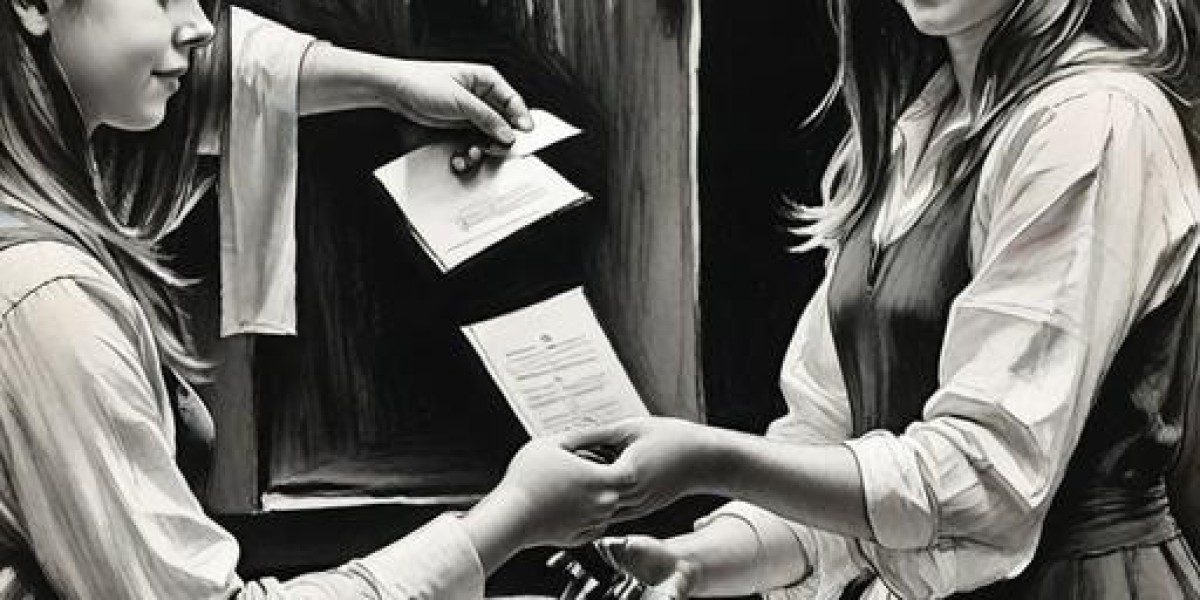For many coffee enthusiasts, a good cup of coffee is a must-have element of their lives. Today's coffee makers do more than just make coffee. a pot, though.
 Some are basic, while others come with a variety of options and features like adjustable brew strength and 24 hour programming.
Some are basic, while others come with a variety of options and features like adjustable brew strength and 24 hour programming.Drip coffee makers
A drip coffee maker heats water, and then drips it over the ground beans. The water is then filtered and poured into the carafe. This is a simple, but efficient method of making large quantities of coffee. The time to brew is dependent on the model, but a majority can make a pot of espresso in five minutes. Certain models come with advanced features like digital controls that allow you to customize the brew intensity.
Drip coffee makers are among the most popular types of coffee brewers at home. They are affordable and easy to use. They typically include a reservoir for storing water and an aluminum heating pipe that connects to the bucket and a one-way valve. The one-way valve blocks the hot water from flowing back into the bucket after it has been cool.
The process of brewing can be automated. You just need to add water, select the number of cups you'd like to drink, and then press the brew button. You can also alter the time for brewing to make the perfect cup of coffee. Some models offer the "strong brew" option that slows the brewing process in order to get more flavor out of the grounds.
Some models feature the "pre infusion" feature that wets the grounds prior to when the brewing process starts. This allows for the water to penetrate more deeply into the grounds and absorb more flavor. Other models come with an "pour over" setting that emulates the popular pour-over coffee brewing technique.
While pour-over coffee provides a more complex and customizable beverage, it takes more effort from the user. The beverage that is brewed is more likely to contain a layer of sediment from the grinds. It is also essential to make use of a scale that can measure your water and coffee accurately.
Contrary to this the fact that drip coffee machines are automated and require just a little effort. These drip coffee makers are perfect for those who prefer to get up to a cup of freshly brewed espresso. In general, drip coffee is less bitter than espresso because the water has more time to soak into the grounds and extract flavor.
Capsule coffee makers
A coffee capsule maker is a coffee maker that prepares your beverage with pods or capsules of coffee. They are small, single-use containers made of aluminum or hard plastic, with a foil cap that keeps the capsules sealed during brewing. These capsules are made of premium coffee and are designed to work with a specific brand of machine, such as Keurig or coffeee.uk Nespresso. They are biodegradable and, in the majority of cases, compostable.
These machines are easy to use, and can provide many different drinks including cappuccinos and hot chocolate. The capsules are pre-measured and pressed, so you don't need to be a barista to make a fantastic cup of coffee. You can save time and money by not needing to grind or make your own coffee. They are a great choice for those who don't have the time to make their own coffee in the morning, or prefer the convenience of a pre-measured, ready-to-use product.
Capsule coffee makers are generally slightly more expensive than drip models, but the convenience and speed of brewing usually make the difference. Some of the most well-known brands include Dolce Gusto, K-Cup, Senseo, and Nespresso. There are numerous third-party brands as well as proprietary capsules from some of these companies.
Some capsule coffee makers have smart features that will streamline your coffee making. For instance, they can connect to your smart home devices and let you use voice commands to brew your coffee. They can also track your coffee consumption and place orders for items. Moreover, they can alert you when it is time to replace the filter and water reservoir.
A multi-pod coffee maker is a particular type of capsule coffee maker that can take multiple kinds of pods. This lets you experiment with different flavors and extraction methods. It is important to consider the space you have in your kitchen, and if you'd prefer a smaller machine with a smaller capacity or a larger machine with more settings and drinks options.
Cold coffee makers with cold brew
You can make cold iced coffee using a regular French press or drip coffee maker. However using a cold brew maker produces a smoother outcome. This type of brewing involves steeping coarsely-ground coffee grounds in room-temperature or cold water for an extended time, typically between 12 and 24 hours. The coffee that is brewed is less acidic than regular iced coffee, and can last for up to two weeks.
There are two kinds of cold brew coffee makers: models that are immersion and slow drip. Immersion models come with a larger vessel that allows the grounds of coffee to soak overnight. This allows for more flavor and decreases acidity. They also require more space on the counter and are slower than drip models.
If you're limited in space, select a model that is easily folded or can be put in the refrigerator. Certain cold brew coffee makers are designed to be as small as an iced tea pitcher or Mason jar, and they're ideal for kitchens with small spaces. On the other the other hand, if you're planning to keep your cold brew on hand for a couple of weeks, opt for an option that is larger and can hold a large amount and has easy-to-fill reservoirs.
The filter used by a cold brew machine is another factor to take into account. Some models have paper filters, whereas others use stainless steel mesh infusers that are more durable and easier to clean. Although it may seem like a minor detail, it'll affect how easy it is to use the machine and you must ensure that any filter you purchase is properly fitted.
The most user-friendly of the cold brew coffee makers that we test was this basic compact model from Hario. The mesh basket is reusable and allows users to add their own coffee to the water. It is then submerged for 12-24 hours. The process is longer than other methods of cold brew, however, it's one of the most efficient ways to get your caffeine fix in the morning. The resulting concentrate can be blended with water or milk to make hot coffee.
Pour-over coffee makers
Pour-over coffee machines allow the user to control various variables that can affect the final taste. These include grind size, water temperature, and the ratio of coffee to water. Manual processes offer an array of options, which makes it an ideal option for specialty coffee beans. Although the process might seem difficult, it's actually quite simple to master with a little practice.
Aside from being more versatile than other coffee makers, a pour over can also be a portable. The Miir Pourigami, for instance is comprised of three stainless-steel panels that can be folded to easily fit in a backpack or bag. It is also less difficult to clean than other pour-over models, requiring just one quick wash.
Pour-over coffee makers are less reliable than other coffee makers. For instance it is not common for the spout to leak or stop working mid-brew. This can cause uneven saturation of the ground, which can result in an unbalanced or bitter coffee. This issue can be avoided by using the glass or ceramic dripper. Metal drippers also transfer heat very quickly and is not suitable for high temperatures.
Despite these challenges, a pour-over is still an option that is popular with coffee lovers. It is the most customizable coffee maker and gives a unique experience thanks to its cathartic brewing ritual. It can also make a superior cup.
 It is essential to carefully research every model, regardless of the kind of coffeemaker you select. This will help you choose the best one for your requirements. If you are looking for a simple automatic coffee maker, consider a traditional drip machine. For a more intricate brewing experience, look for an electric or manual pour-over coffee maker. Whatever you choose, it's worth the effort to make the coffee that you enjoy every time.
It is essential to carefully research every model, regardless of the kind of coffeemaker you select. This will help you choose the best one for your requirements. If you are looking for a simple automatic coffee maker, consider a traditional drip machine. For a more intricate brewing experience, look for an electric or manual pour-over coffee maker. Whatever you choose, it's worth the effort to make the coffee that you enjoy every time.







